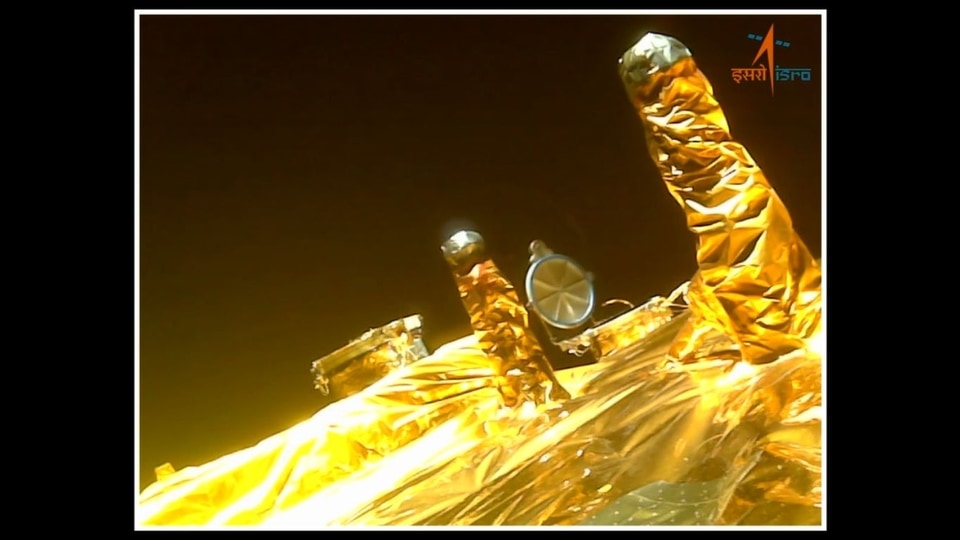Aditya-L1 mission: Explore which ISRO camera captured the Sun's image, amidst unimaginable heat
Ever wondered how a camera aboard the Aditya-L1 mission spacecraft captured stunning images of the Sun's surface? Explore the mission's remarkable achievements in solar exploration!
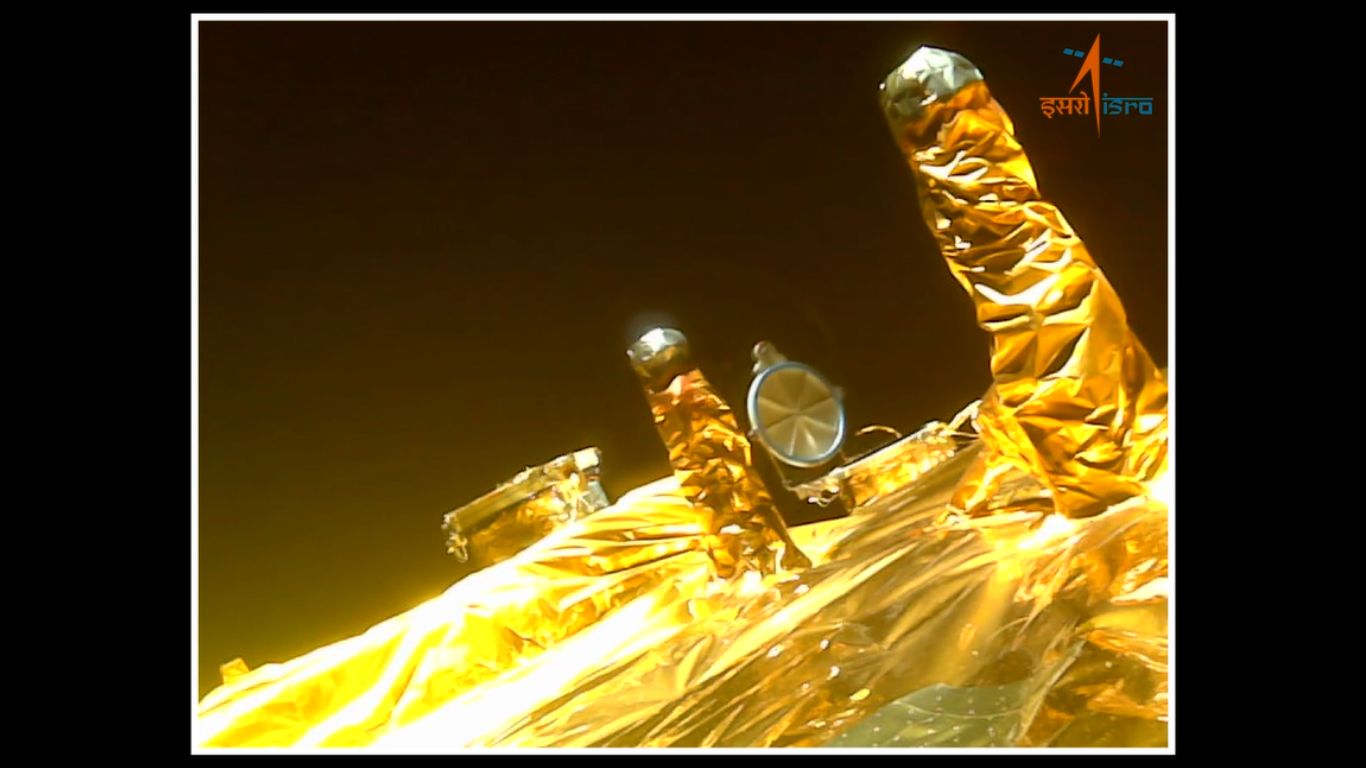
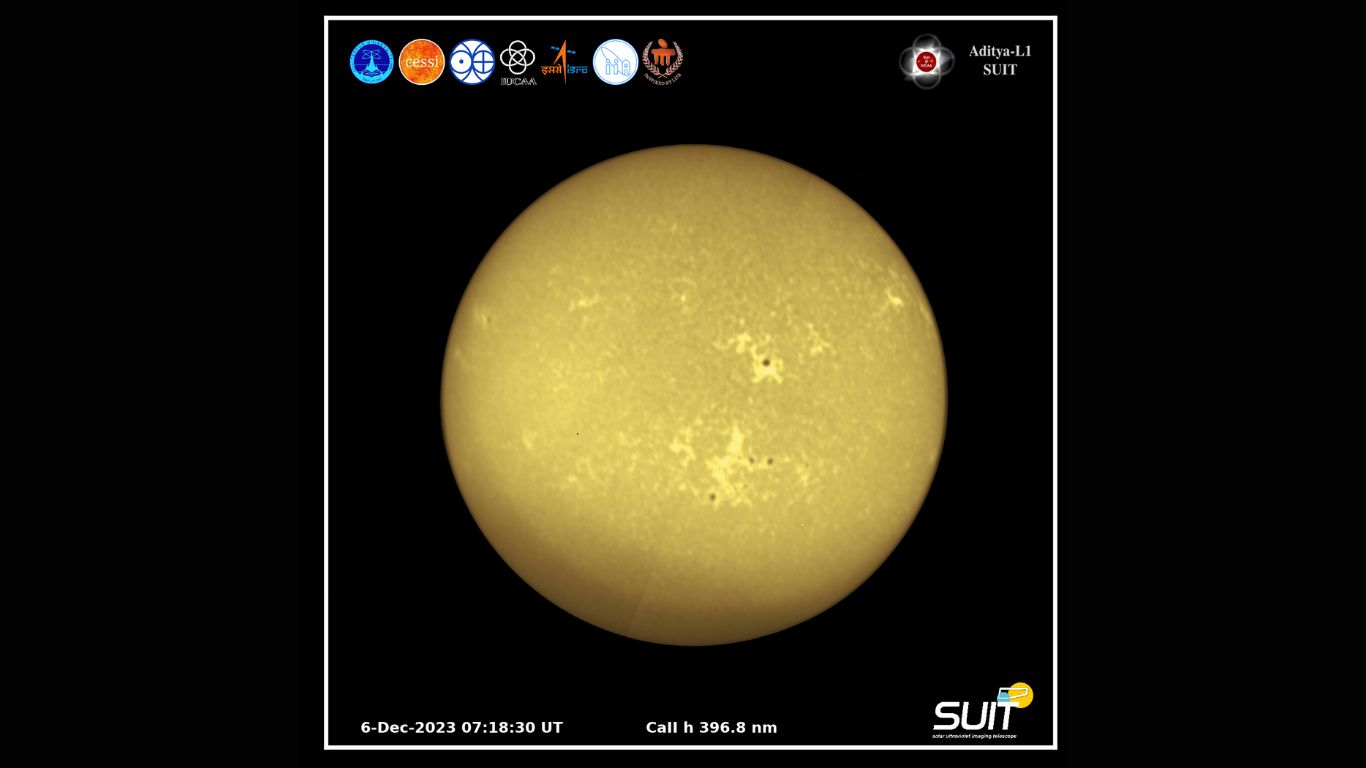

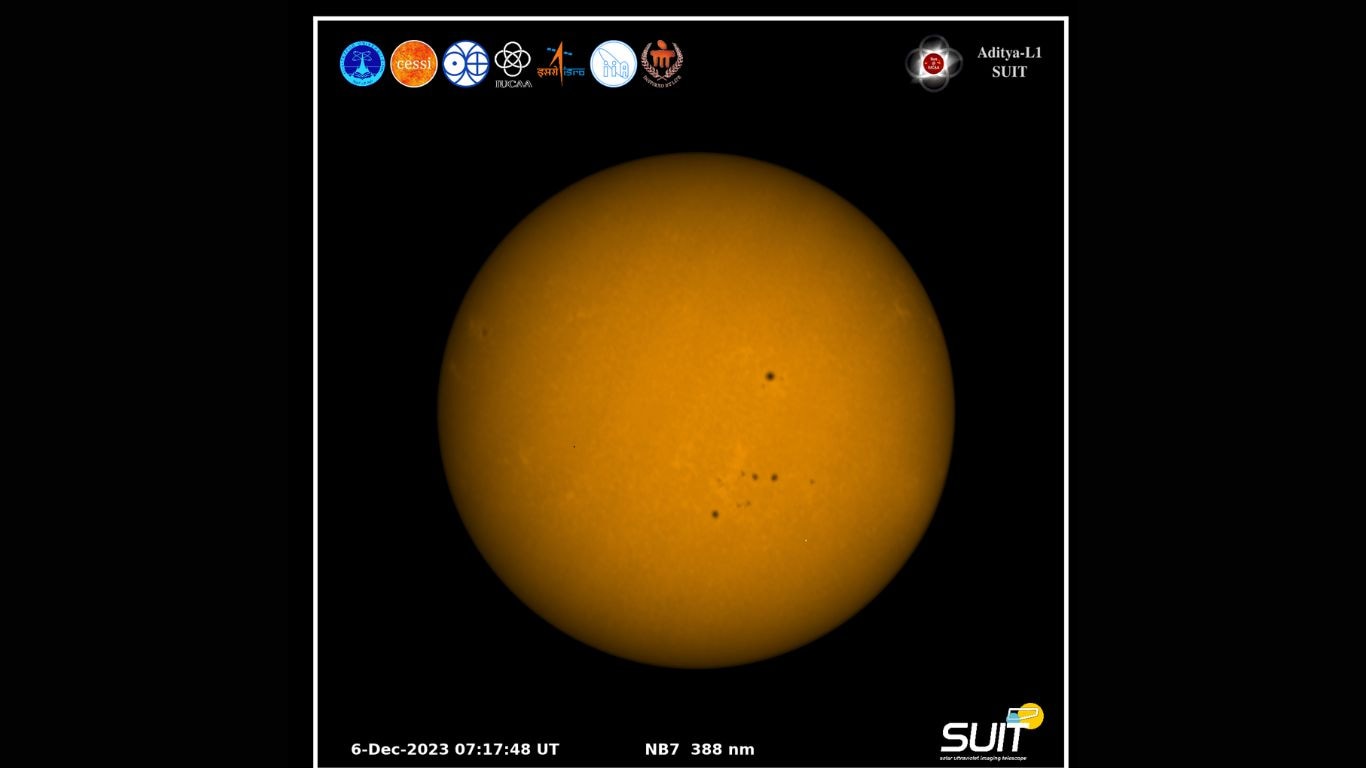

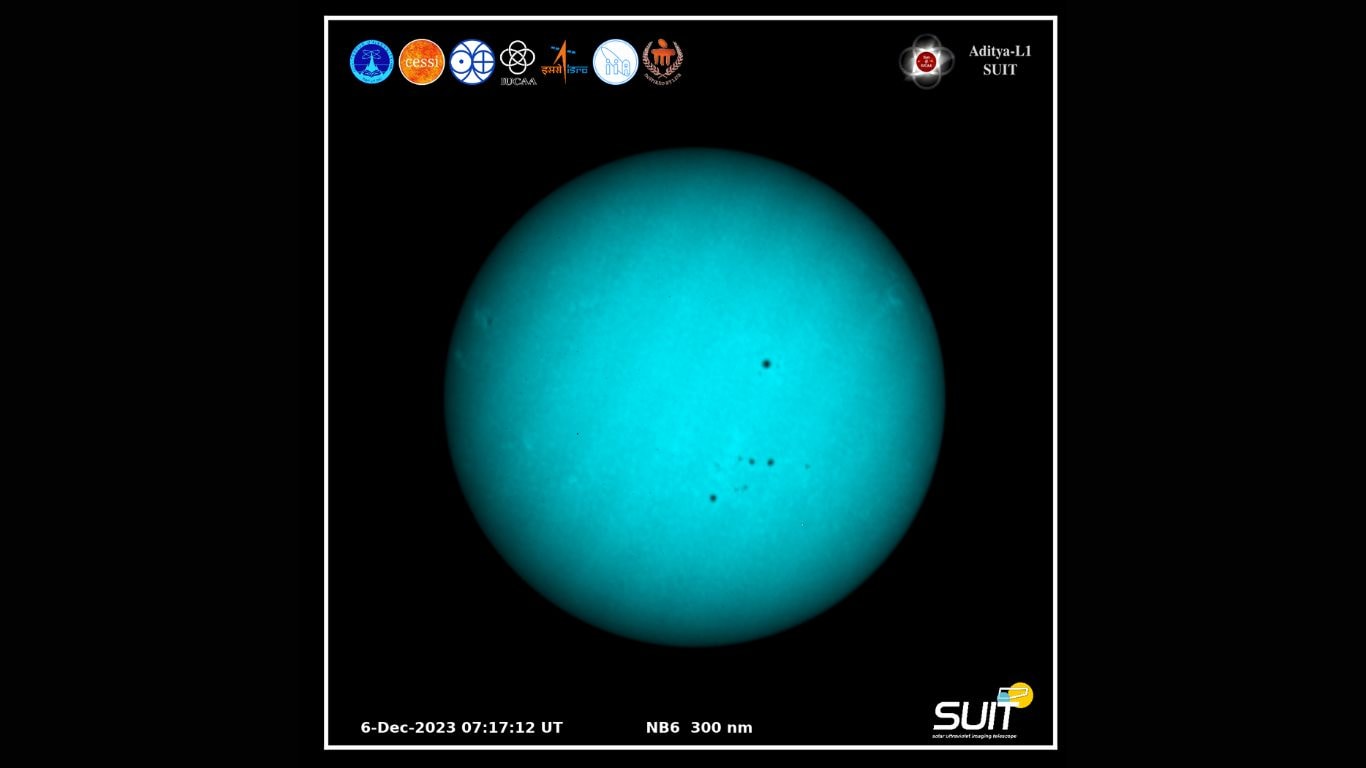

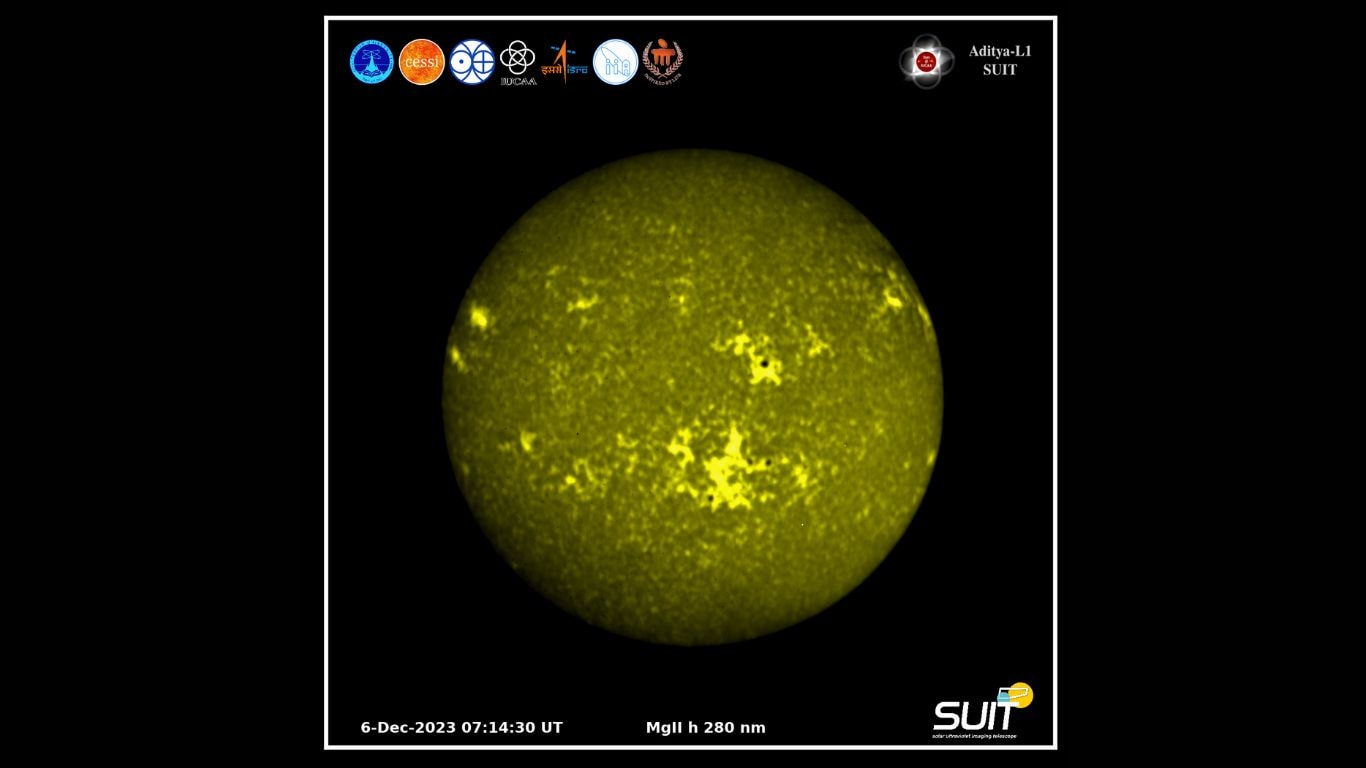

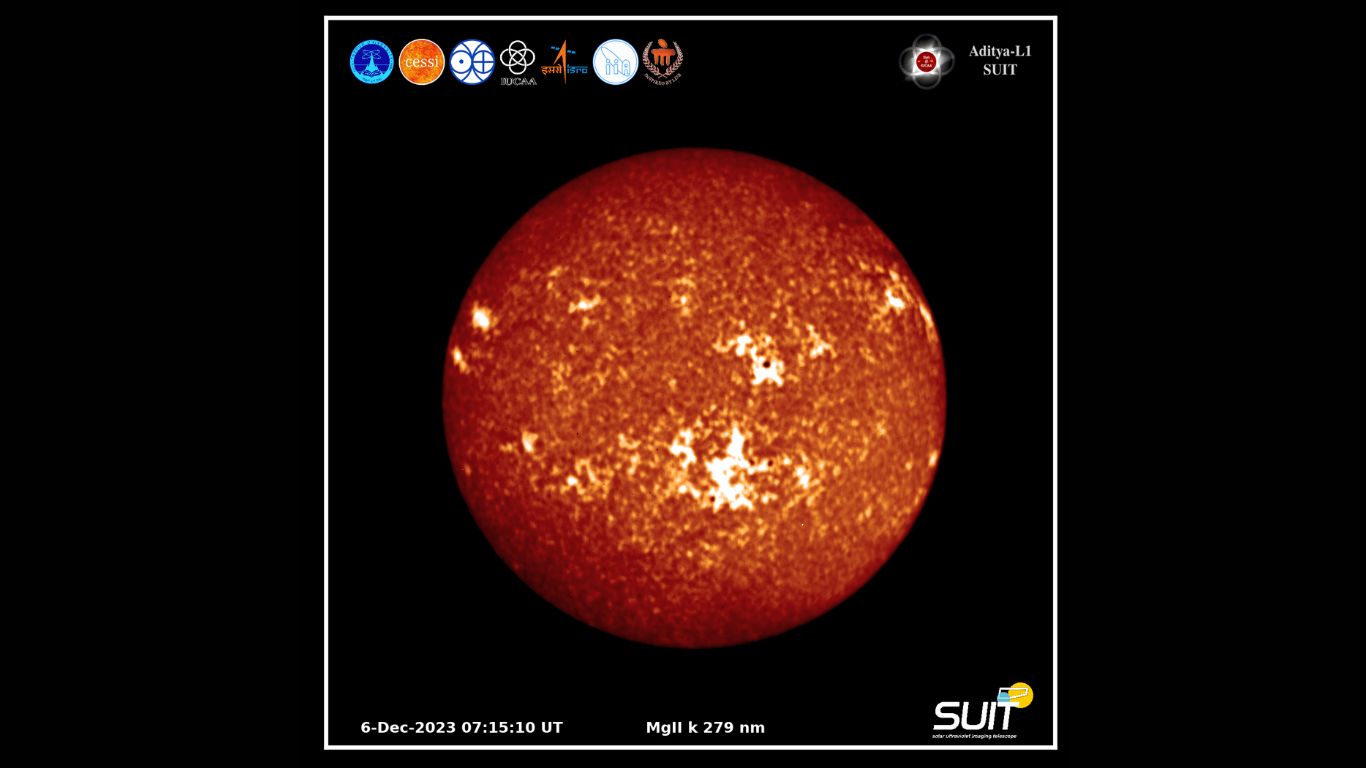

First Published Date: 18 Dec, 16:41 IST
Tags:
isro
NEXT ARTICLE BEGINS


